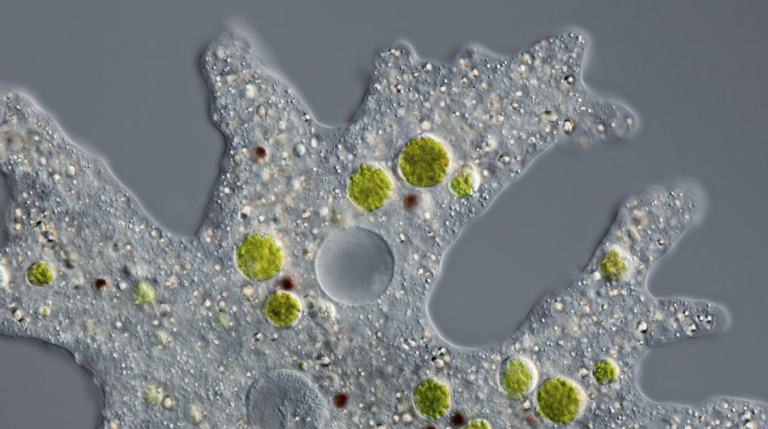Introduction
Brown algae, scientifically known as Phaeophyceae, is a large group of multicellular algae that include many seaweeds found in colder waters in the Northern Hemisphere. With over 1,500 species, they form one of the most diverse groups of algae and play a significant role in marine environments (Charrier et al., 2017). This article delves into the characteristics, ecological importance, and various uses of brown algae.
Characteristics of Brown Algae
Brown algae owe their characteristic color to the pigment fucoxanthin, which masks other pigments such as chlorophyll a and c. They range in size from tiny filaments to large kelps that can reach up to 60 meters in length, such as the giant kelp (Macrocystis pyrifera) and the bull kelp (Nereocystis luetkeana) (Khan Academy, n.d.).
Most brown algae are marine, predominantly found in the colder waters of the Northern Hemisphere. However, some species can also be found in freshwater and brackish environments. They are typically found attached to substrates such as rocks, shells, or other hard surfaces, but some species can float freely (EBI, n.d.).
Importance of Brown Algae in the Ecosystem
Brown algae play a vital role in marine ecosystems. They form underwater forests that provide habitats, food, and shelter to a plethora of marine organisms, including fish, invertebrates, and even other algae species (Teagle et al., 2017).
These algae also contribute significantly to the carbon cycle. They capture and store carbon dioxide through photosynthesis, thereby helping regulate the Earth’s climate. Recent studies have even suggested that brown algae’s contribution to carbon sequestration may be much larger than previously assumed (Krause-Jensen & Duarte, 2016).
Uses of Brown Algae
Brown algae have been used by humans for centuries. In East Asia, they are a staple food and are also used in traditional medicine. Alginate, a polysaccharide derived from brown algae, is widely used in the food industry as a thickening, stabilizing, and gelling agent (Coursera, n.d.).
Due to their high iodine content, brown algae are used in fertilizers and as a source of iodine for the prevention of goitre. They are also used in the cosmetic industry for their skin-hydrating properties (MIT OCW, n.d.).
Increasingly, brown algae are being explored for their potential in biofuel production. Their high growth rates and ability to store energy in the form of carbohydrates make them an attractive source of renewable energy (Wargacki et al., 2012).
Conclusion
Brown algae are not just a ubiquitous feature of our oceans; they are a critical component of marine ecosystems and a valuable resource with a wide array of uses. As we continue to explore their potential, these humble seaweeds may yet prove to be an even more significant asset in our fight against climate change and our quest for sustainable resources.
References:
Charrier, B., Coates, J. C., Stavridou, I., & Bail, A. (2017). Brown algae. In eLS. John Wiley & Sons Ltd.
Khan Academy. (n.d.). Brown algae. Retrieved from https://www.khanacademy.org
Teagle, H., Hawkins, S. J., Moore, P. J., & Smale, D. A. (2017). The role of kelp species as biogenic habitat formers in coastal marine ecosystems. Journal of Experimental Marine Biology and Ecology, 492, 81-98.
Krause-Jensen, D., & Duarte, C. M. (2016). Substantial role of macroalgae in marine carbon sequestration. Nature Geoscience, 9(10), 737-742.
Wargacki, A. J., Leonard, E., Win, M. N., Regitsky, D. D., Santos, C. N., Kim, P. B., … & Smolke, C. D. (2012). An engineered microbial platform for direct biofuel production from brown macroalgae. Science, 335(6066), 308-313.



